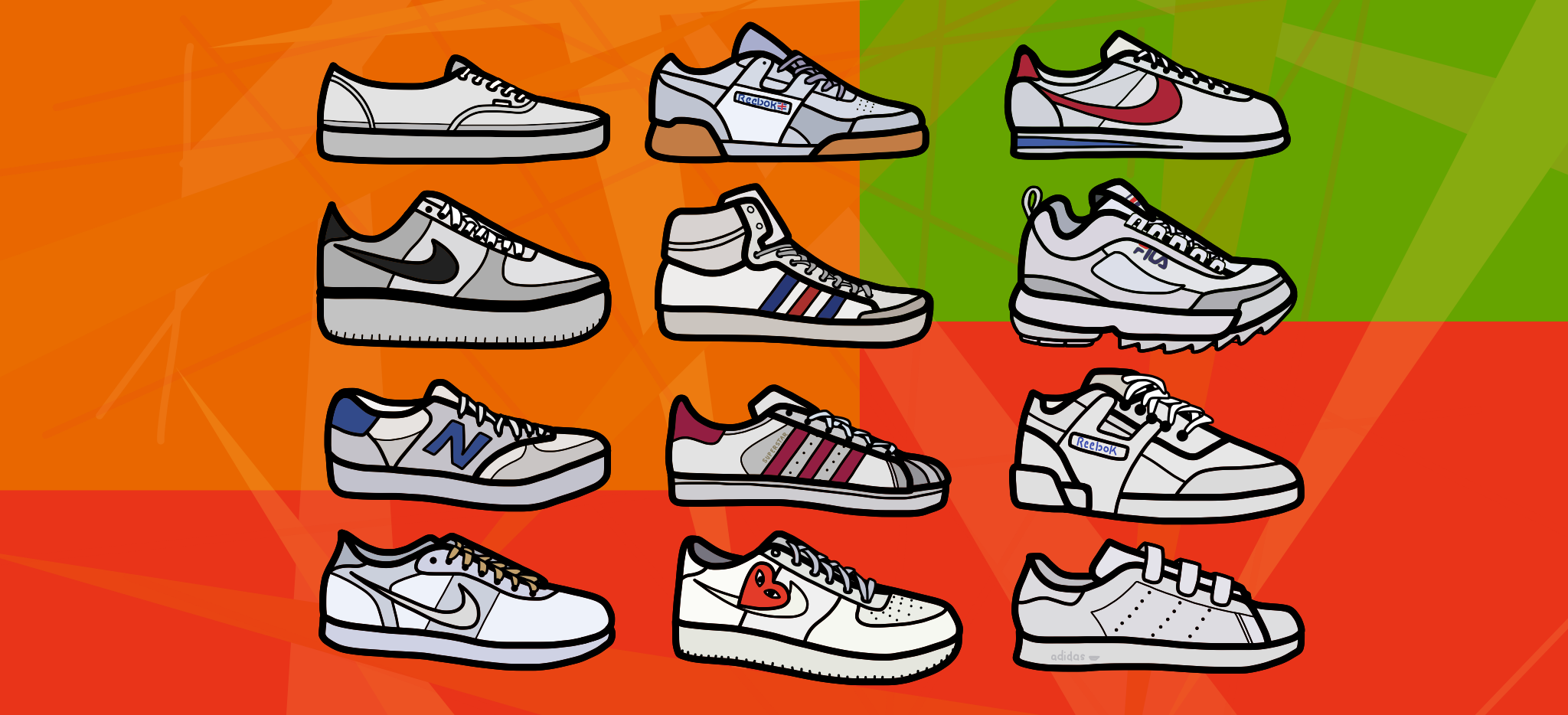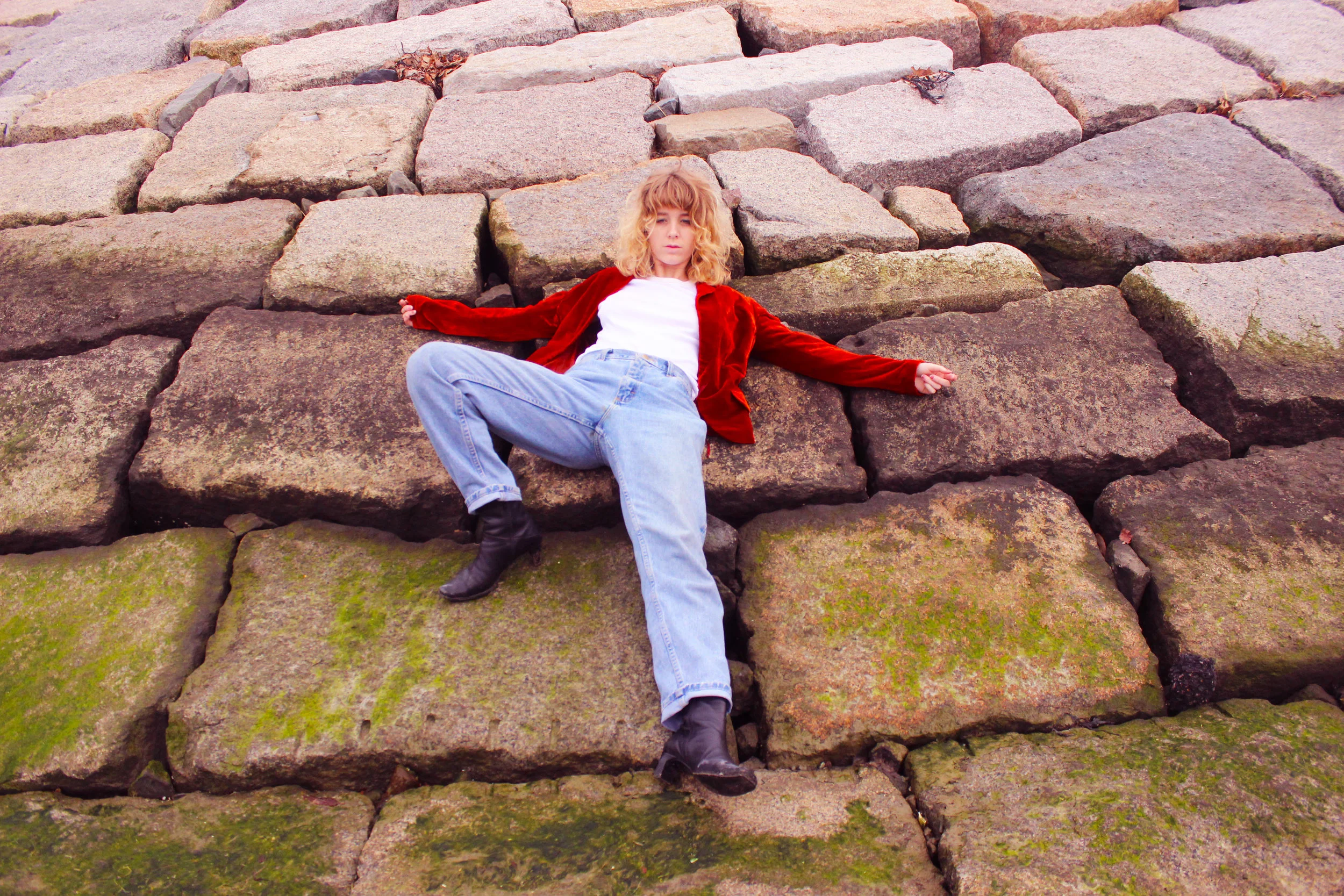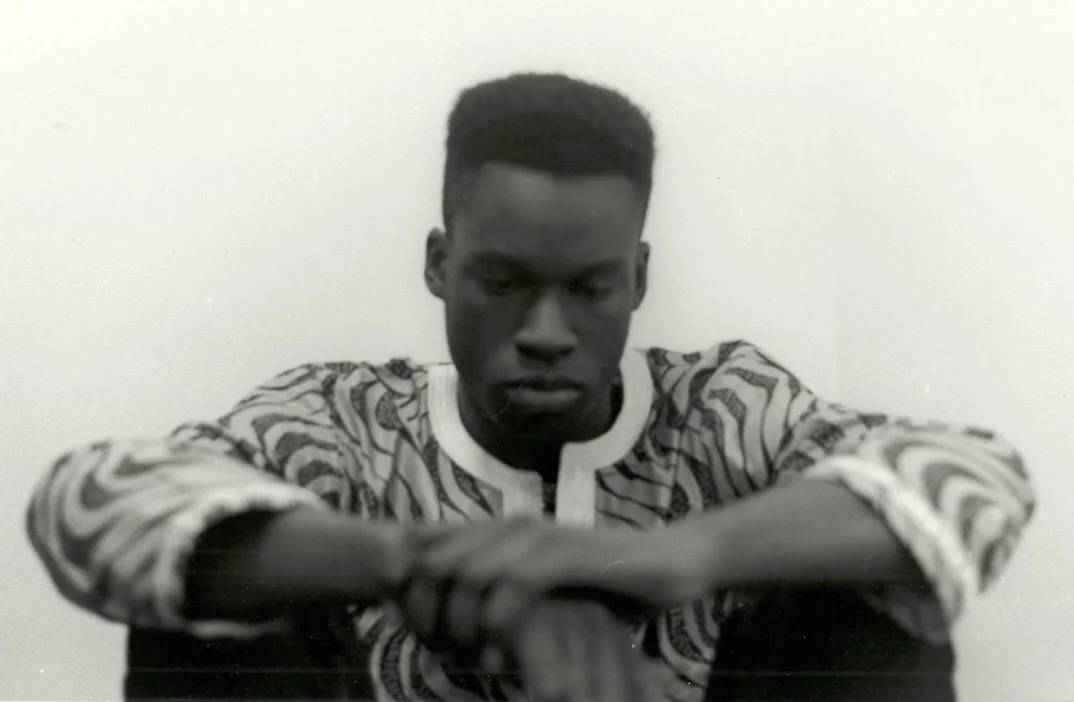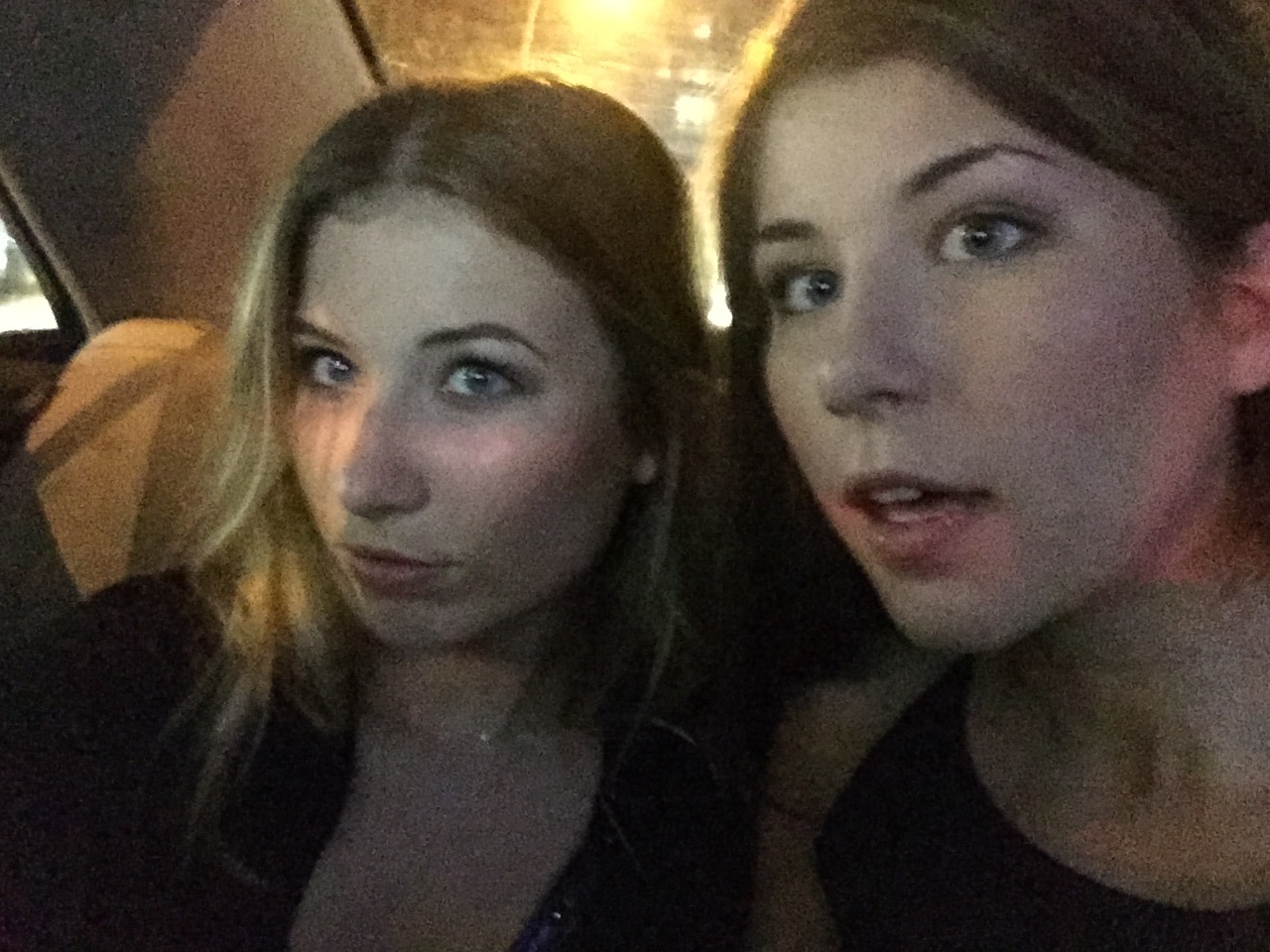It only took three days for Brianna to die after her doctor pulled her off anti-depressants.
Neighborhoods
Language of Hair
Sneakers
Soundtrack to My Life
Drones
Pink Taco
Mixology
Dungeons and Dragons
Jacket Underground
Photography by Adam Ward
Art director: Christian Lopez
@snitchery
Akira
Finstagrams
It’s common knowledge that Instagram is just a simulation. I’m scrolling through my own feed right now, and wow, I wish this was what my everyday life actually looked like. With all the discourse circulating around what Instagram is doing to us, it’s no secret that our best selfie isn’t what we look like everyday. And we all know we post way more photos on a vacation than we do at school. It’s become accepted that our social media “self” isn’t really real.
What’s new and needs to be examined, however, is the recent trend of the “finstagram” (fake instagram), which isn’t really fake at all. If anything, the finstagram is a more authentic representation of what someone’s day-to-day life looks like. Typically, the photos are centered around a tone of self-deprecation, sarcasm, and outright nihilism. As opposed to the bubblegum feeds of regular Instagram, this change feels somehow refreshing. On your finstagram, you don’t have to accept that social media projects a fake representation of yourself. Finstagram is our way of reclaiming authenticity without conceding that all social media is a sham.
“Sometimes it’s just so satisfying to hit ‘share’ and not put any thought into it at all,” senior Becky Hughes, a rabid finstagrammer at NYU, says. “My other account is almost more of a professional thing. I put my photography up on it, and I want it to have a certain look. My other account is basically just me word vomiting and being TMI.”
It sounds dark at first blush, but if we find satisfaction from connecting and relating over our happy moments, it could be just as gratifying to post about the opposite feelings. The finstagram phenomenon could be the natural response to our need to break the fourth wall of social media and tell our followers, “This isn’t real. I am not always overjoyed and my life isn’t always so colorful.” Call it shallow, but this form of posting acts as catharsis for many.
“Well, I think it’s just that I’ll post sad stuff [on my finstagram] instead of texting a friend about it. It lets me express it but I don’t really have to put that burden on someone else directly,” says finsta-user Daniel Clemens, senior VMA student. “I don’t let that many people follow mine, it’s just people that I’m actually close with. I don’t care at all really about getting likes.”
Last week, The Huffington Post released their own article exploring what the “dark world” of a finstagram, or “finsta,” looks like. The article claimed that it was a response to parents starting to use Instagram and said, “Finstas have morphed into a malicious animal capable of reducing even the most well-adjusted and mentally healthy teens to rubble.” The Huffington Post’s ability to sensationalize isn’t surprising.
As far as I’ve seen, however, the use of a finstagram has only acted to help the self-esteem in my peers. NYU senior Dani Narins reasons, “I just use it to spill tea to people I trust and get my insecurities validated.” There’s value in that. We all share a dark and creepy generational subconscious. This is part of how we, as youths, show off the shadow to our public selves.
Text by Annie Armstrong
Photography by Ebrima Manjang
Paint Away the Gray
College is a pivotal point in one’s life where it is necessary to develop an attitude. In this stage, one must figure out their preferences and feelings towards adulthood‒a process that involves learning how to navigate the world of buying groceries, taking the subway home late after work, or finding a quiet moment in an otherwise chaotic and unending day.
How we approach our experiences is contingent unto the way in which we experience them. That’s a lesson I would liked to have known going into my first winter in Boston. In the coming months, it’s going to get darker, colder, and grayer. We’ll lose color, we’ll lose light. The warmth will need to come from within ourselves; we will need to radiate out onto the snow and the concrete and the dirt.
The perceptions and attitudes we bring to the streets add to Boston, make Boston what it is. Often, I find misery in commuting, and in other commuters, and this is amplified by the snow, the cold, the lack of vitamin D. During the winter, people seem to withdraw into themselves and into their homes, or, if they’re college students like us, into dorms and apartments.
But there are some of us that breathe life into December, into January, into the freezing wind that rips apart anyone trying to cross from Boylston to Tremont. Some of us make snowmen in the Commons and the Public Garden, have snowball fights on the Esplanade, and attempt to inch our way across the ice that solidifies above the Charles. Even though everyone seems to take the holidays for all that they are worth, the joy that comes from them only lives on in some of us after we come back from winter break. Others, and I suppose I include myself in this category, come back resenting the world of black and white and gray.
But when I look at Tom’s photos, I think that it’s all about attitude. That’s what his photos say to me‒that within the real and the experienced is the room for our emotional recognition of our perceptions. If you’re in a dark place, add a little color yourself. Joy comes from inside you. Spread it all around, paint the world with it, the best that you can, until spring comes along.
Text by Tyler Breen
Photography by Tom McLaughlin







































